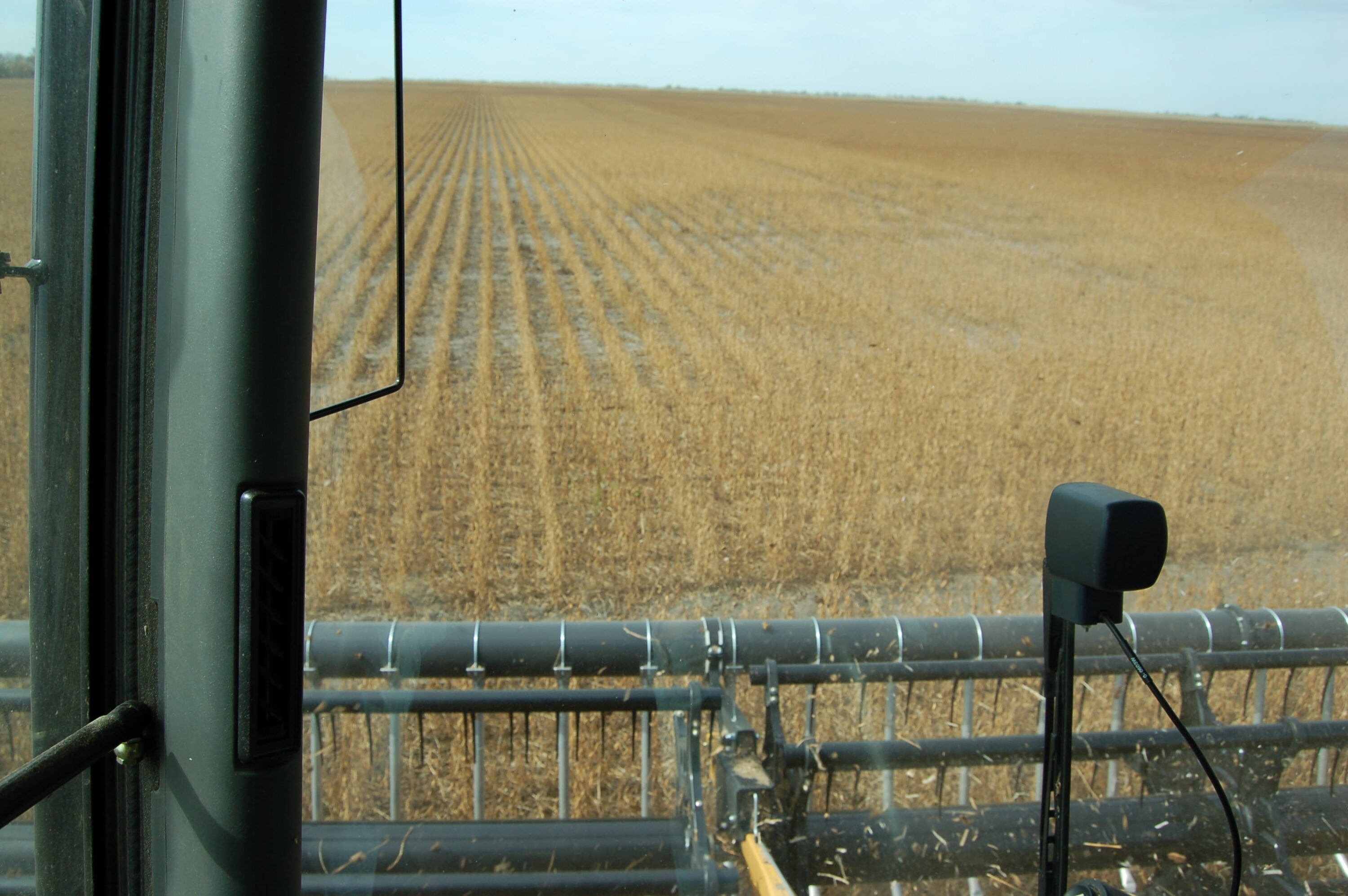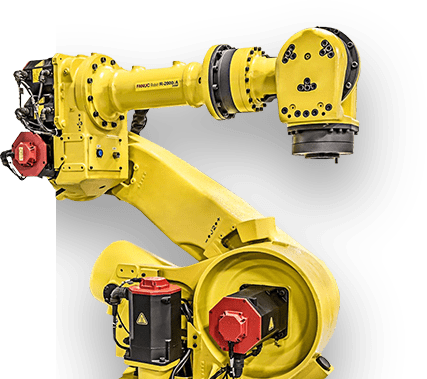You build the tools that help feed the world—tractors, harvesters, planters, and more. But as the industry evolves, your customers demand higher quality, smarter features, and faster delivery—all at a competitive price.
Staying ahead requires more than just automation; it requires smarter, connected manufacturing. When robotic systems and hard automation work in silos, you’re leaving efficiency, quality, and flexibility on the table.
The right partner transforms isolated systems into a fully integrated ecosystem—where every robot, conveyor, and inspection system communicates seamlessly. The result: consistent, high-quality products delivered faster, with less rework and downtime.



